The solar ‘equinox eclipse‘ on March 20th will be visible from Europe with totality occurring over a part of the North Atlantic, passing over Faroe and Svalbard Islands.
Above: The 2012 total solar eclipse as seen from Australia. Credit: www.hughca.com.
The ‘equinox eclipse’ starting about 8.30am UTC on Friday, it’s called ‘equinox’ because it actually occurs just over 10 hours before the vernal equinox.
Credit: NASA/GSFC/AT Sinclair.
The Moon will pass in front of the Sun and Central Europe can expect an approximately 80% partially obscured Sun.
A unique challenge for solar energy production across Europe is expected.
The March 20th solar eclipse across Europe. Credit: Michael Zeiler/GreatAmericanEclipse.com
An eclipse is occurring because the diameter of the Sun is 400 times that of the Moon and lies 400 times further away, so the two celestial bodies overlap exactly.
A simulations in Starry Night of this eclipse as seen from Earth and space demonstrating the unique circumstances for this eclipse.
Earthsky describes the eclipse:
“The total solar eclipse of March 20, 2015 belongs to a family of eclipses known as Saros 120. A Saros series is composed of a group of eclipses in which each eclipse is separated from the next (or earlier) eclipse by 6,585.3 days. This equals 18 years 10 days 8 hours (or 18 years 11 days 8 hours, depending on the number of leap years over this interval).”
Safety: You must never view the Sun directly with the naked eye, even during The eclipse.
“Chasing Shadows” is a documentary, taking you on a behind the scenes journey as we stand in the shadow of the Moon.
sources eclipsewise, Telegraph, NASA

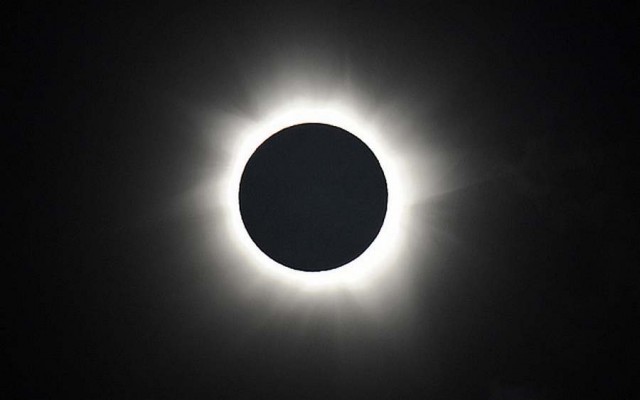
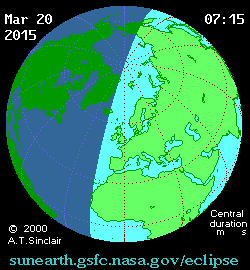
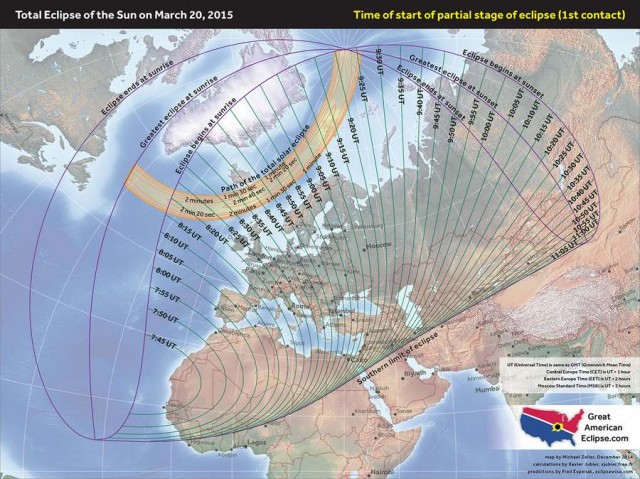
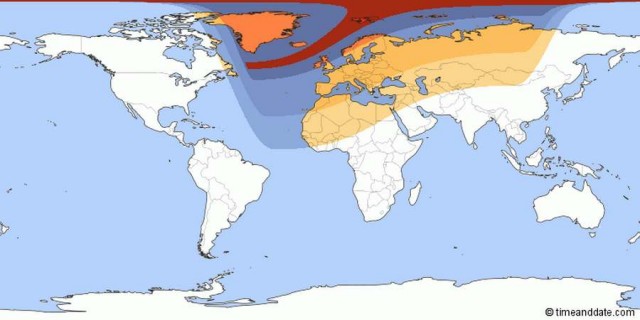
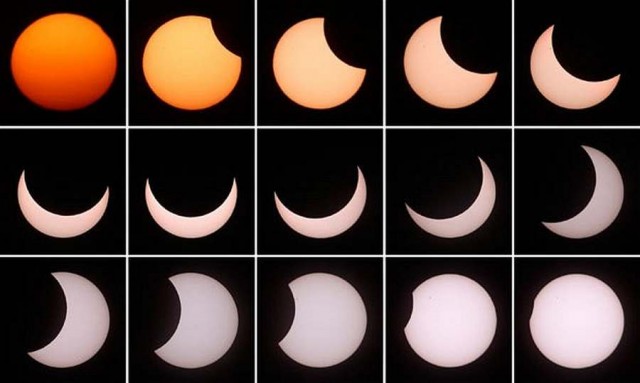
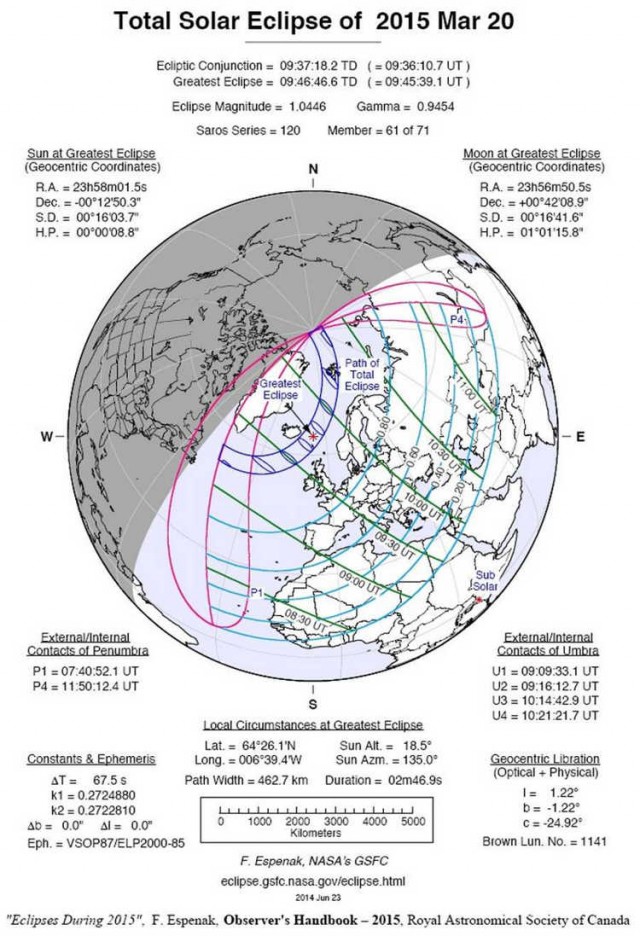

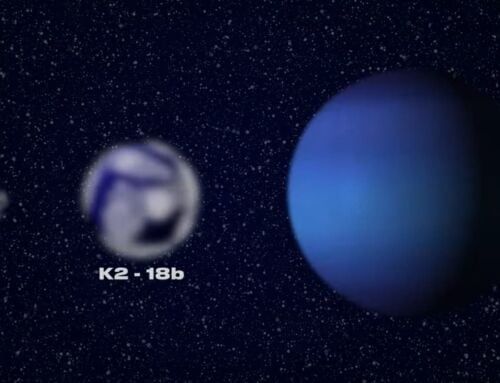
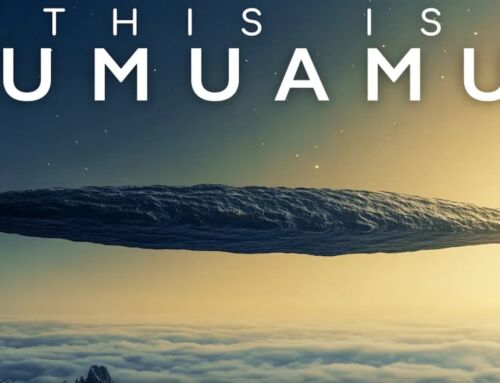
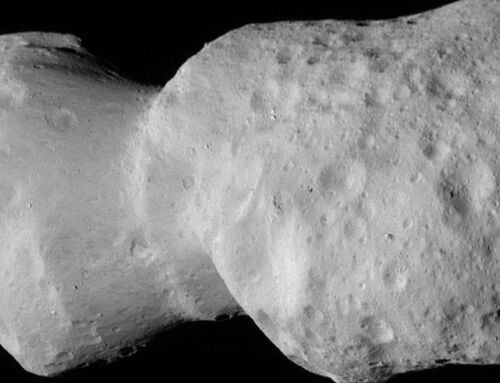
Leave A Comment